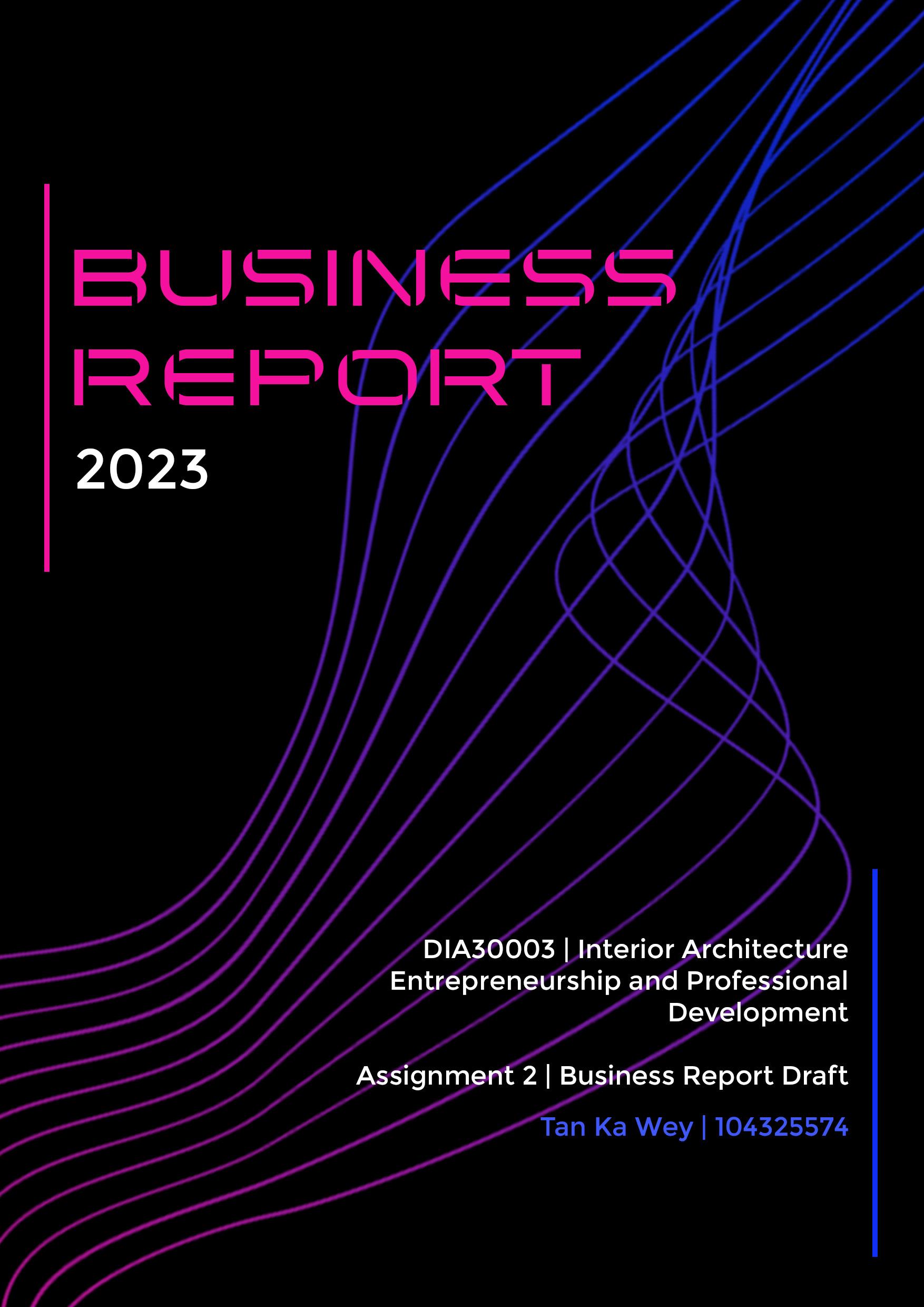

INTRODUCTION
Artificial Intelligence (AI) refers to the advancement of computer systems that can perform tasks that generally require human intelligence, such as visual perception, speech recognition, decision-making, and language translation. AI systems can be built to learn from data and experience, and can then use that learning to make predictions, judgements, or actions.

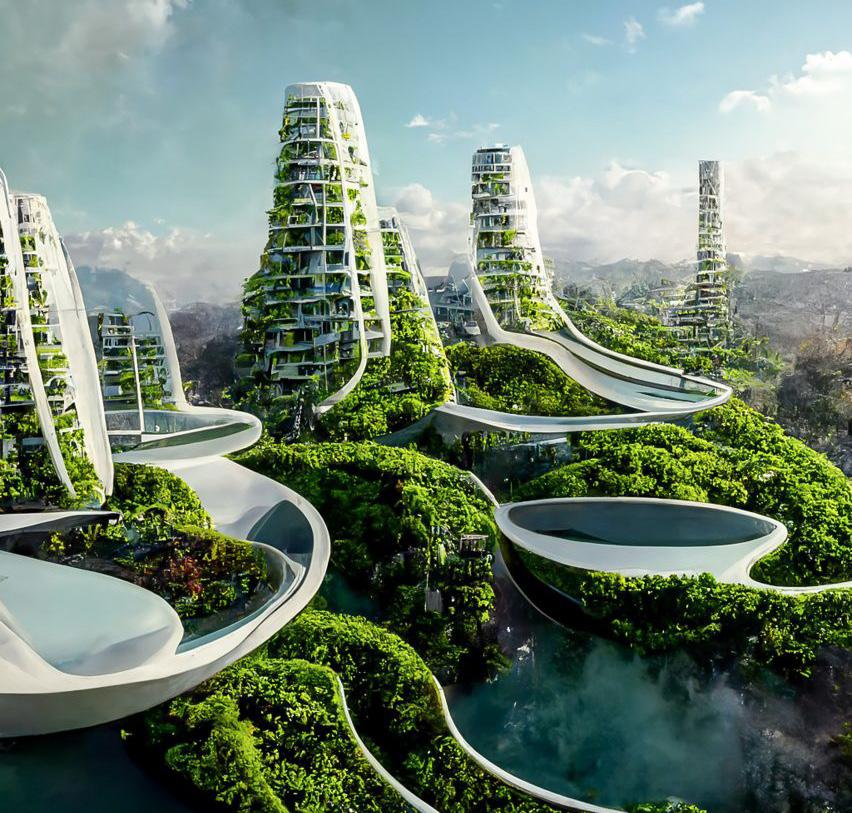

Machine learning, neural networks, natural language processing, computer vision, and robotics are just a few of the techniques used in AI. These methods provide AI systems the ability to examine enormous amounts of data, spot patterns, and make judgements based on that analysis.
Numerous industries, including healthcare, banking, transportation, manufacturing, and entertainment are already utilising AI. AI is also being applied in the design sector, where it may streamline workflows, produce fresh ideas for designs, and automate repetitive operations. As AI technology continues to evolve, it will be crucial to make sure that its creation and application are consistent with human values and aspirations.
Figure 1 Figure 2DEsigner profile
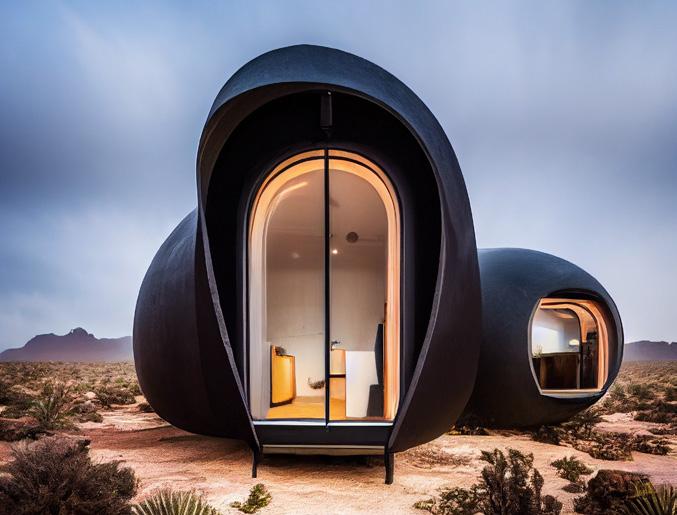

Ka Wey is the founder of Creative Code, an innovative interior architecture firm that leverages the power of artificial intelligence to deliver creative and sustainable design solutions. With a passion for design and technology, Ka Wey’s vision is to disrupt the industry by providing unparalleled design experiences that cater to the individual needs of each client. Creative Code’s commitment to excellence is reflected in its ability to provide quick and efficient design solutions while maintaining a high level of quality and attention to detail. With a team of experienced designers and cutting-edge AI technology, Creative Code is poised to revolutionize the interior architecture industry and redefine what it means to design with purpose.
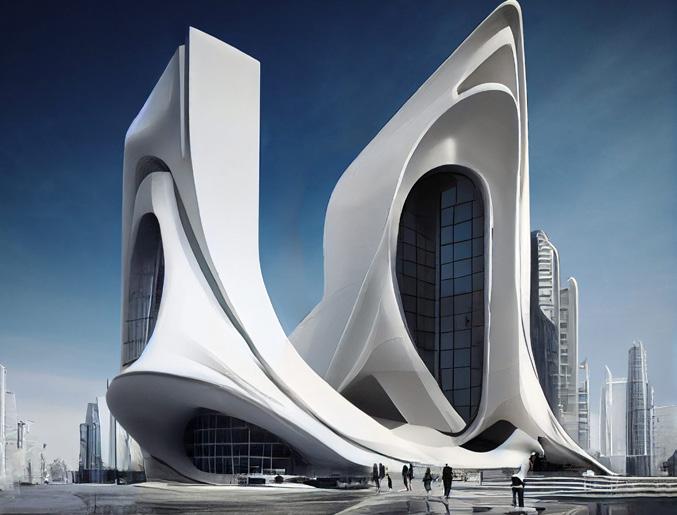
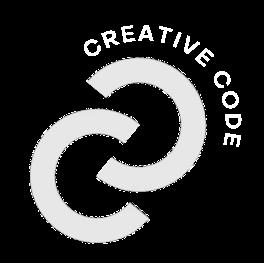
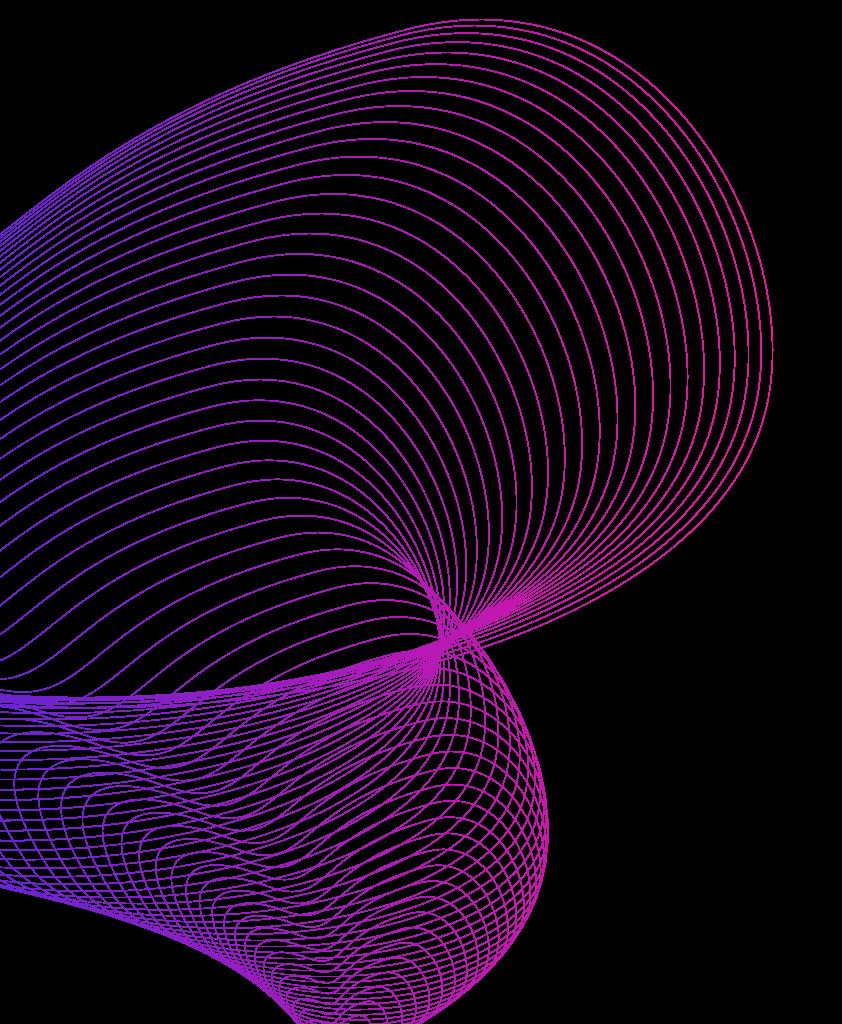 Figure 3
Figure 3
AI testing tools that can simulate user behaviour
SPECULATING THE
AI designs based on user input
Ai will be used to gather thorough data to create complex and personalised designs
AI VR tools to create immersive experiences
Automated CAD design tools
AI 3D generated tools to automatically generate realistic models
Streamline design collaboration and communication
User experience optimisation tools using AI
2028 2033
THE FUTURE IN 2043
AI material analysis tools suggest materials based on performance
Large-scale buildings built in less than a week
Predictive design tools
Smart buildings with optimised energy, light, and health
Image and object recognition tools
Data analysis tools to aid designers in making design decisions
Augmented reality design tools to create interactive and immersive modles
AI-enabled robotics and automation systems to speed up process
Sustainability analysis tools to analyse building materials, energy usage, etc. Generate interior design concepts, customised to client’s preferences and needs
AI-powered predictive design tools forecast future trends
Virtual interior design assistant
AI-powered self-regenerating buildings 2038 2043
2028
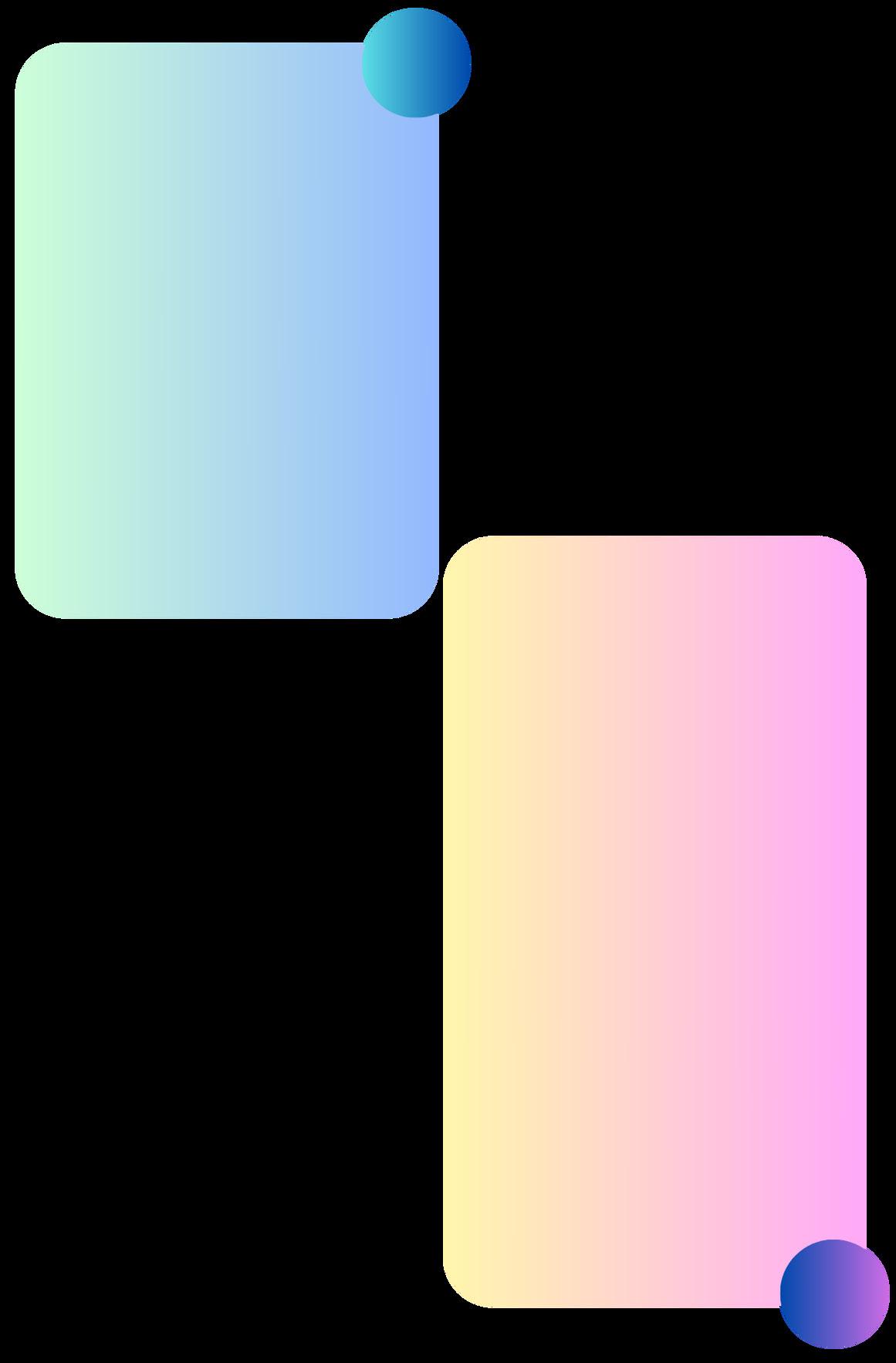

AI-powered testing and data gathering technologies will improve design usability and customisation. Automated CAD design tools will enhance drafting precision, and AI will facilitate collaboration among designers, clients, and stakeholders for faster and more efficient design processes.
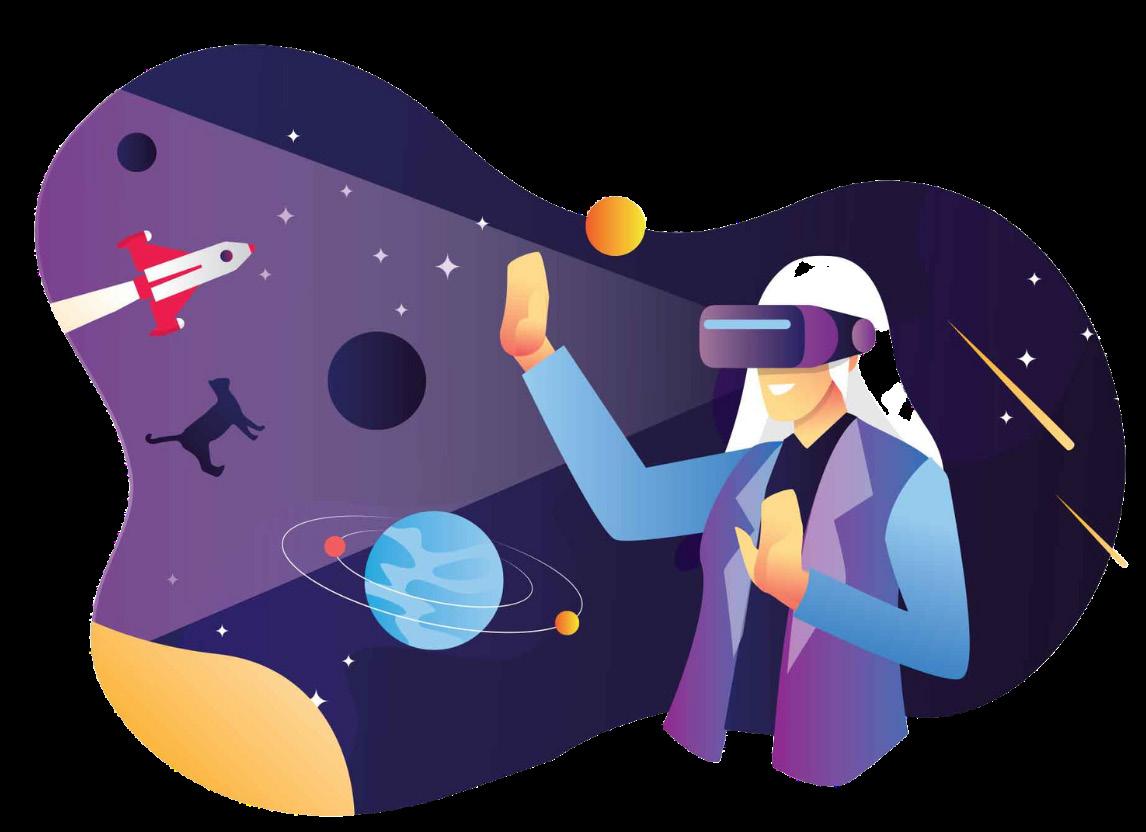
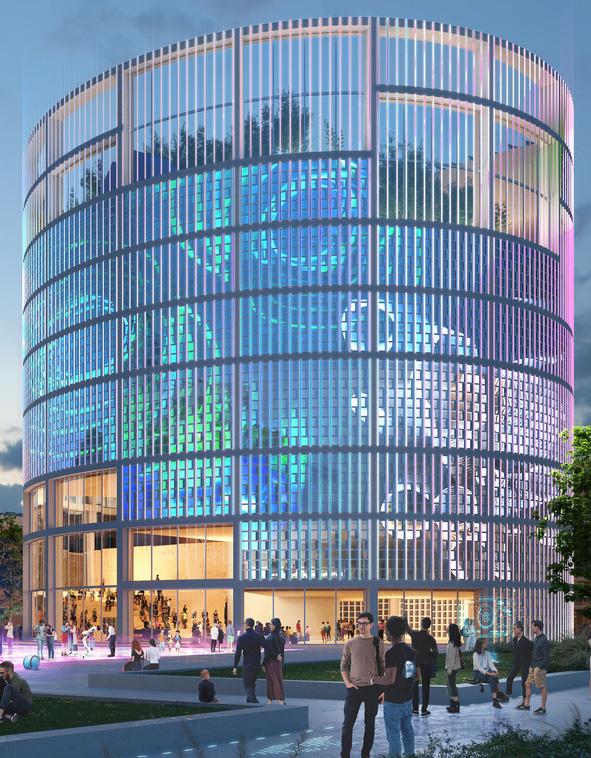
Automated design tools utilising AI will generate design options and layouts based on user input and parameters. Virtual reality design tools using AI will create immersive designs for clients. AI will generate realistic 3D models and refine designs based on user needs. Real-time feedback tools will allow users to make adjustments and receive immediate feedback. These advancements will result in faster, more efficient, and personalised design experience.
2033
AI-powered interior design tools will create personalised designs based on client preferences and sustainability analysis. Data analysis tools will help designers make better decisions, while predictive design tools will anticipate future trends. Image and object recognition tools will enable designers to quickly find ideal components for their projects. AI-powered materials analysis tools will suggest innovative and sustainable materials to help designers create original designs.
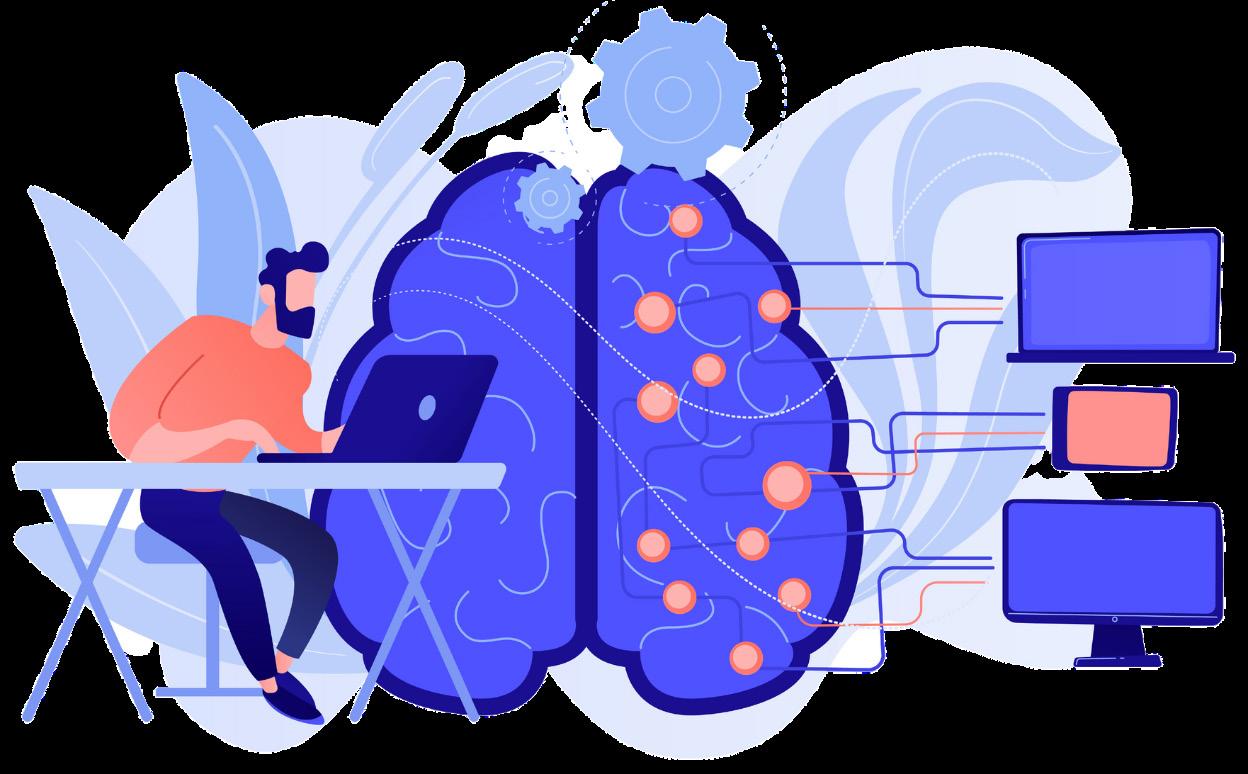
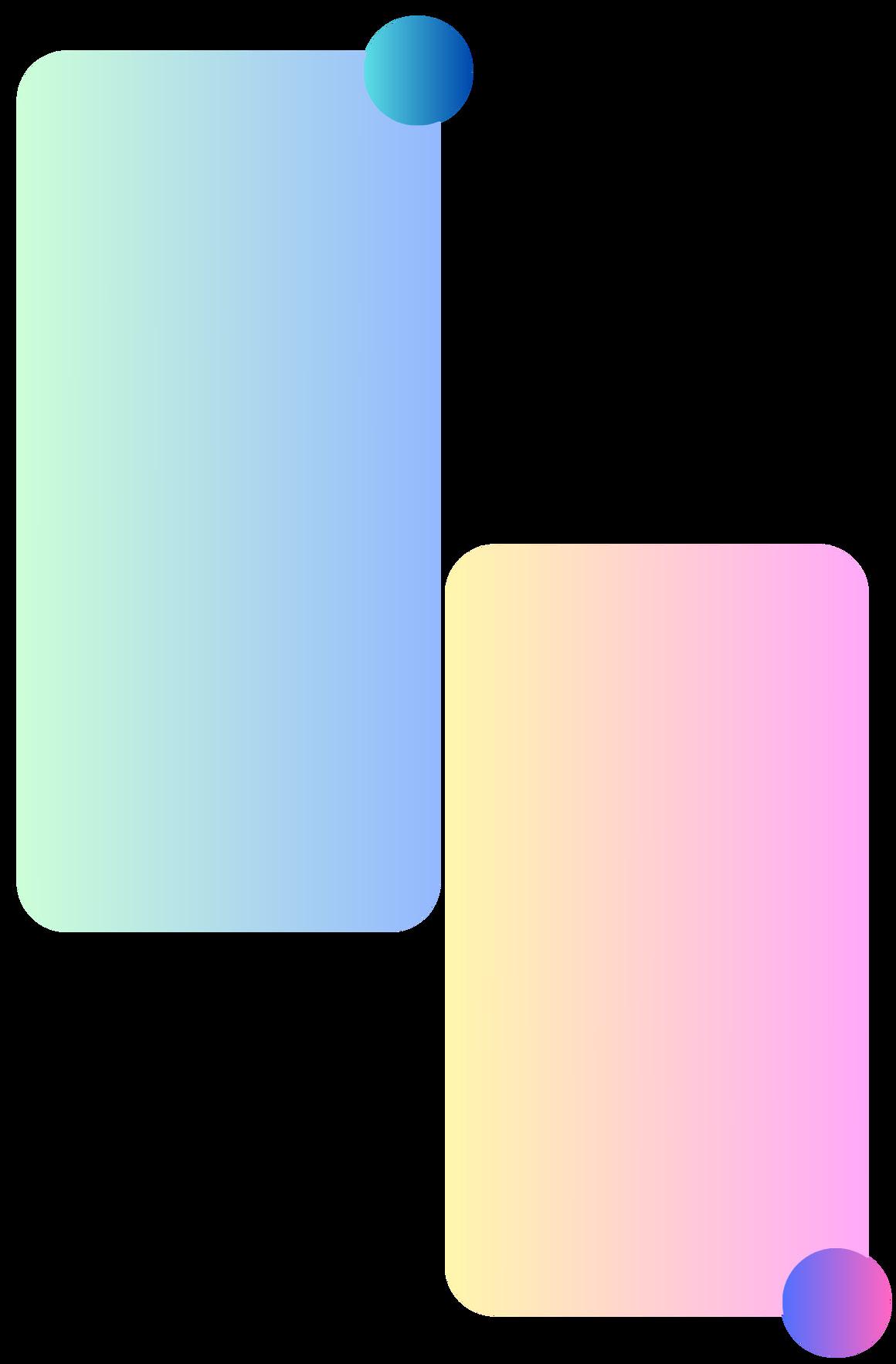

AI-powered robotics and automation will speed up large-scale construction, while smart buildings will improve energy efficiency and wellbeing. Augmented reality design tools will create immersive, interactive models for real-time user feedback. AI-powered data analysis and predictive design tools will predict design trends and assist in decision-making. Virtual interior design assistants will help create personalised spaces tailored to user preferences.

VISION
CREATiVE
At Creative Code, our mission is to revolutionise the design industry by leveraging AI to create innovative, sustainable, and accessible designs that enhance creativity and advance sustainability. We are committed to our core values and strive to create a future where design is beautiful and environmentally responsible.
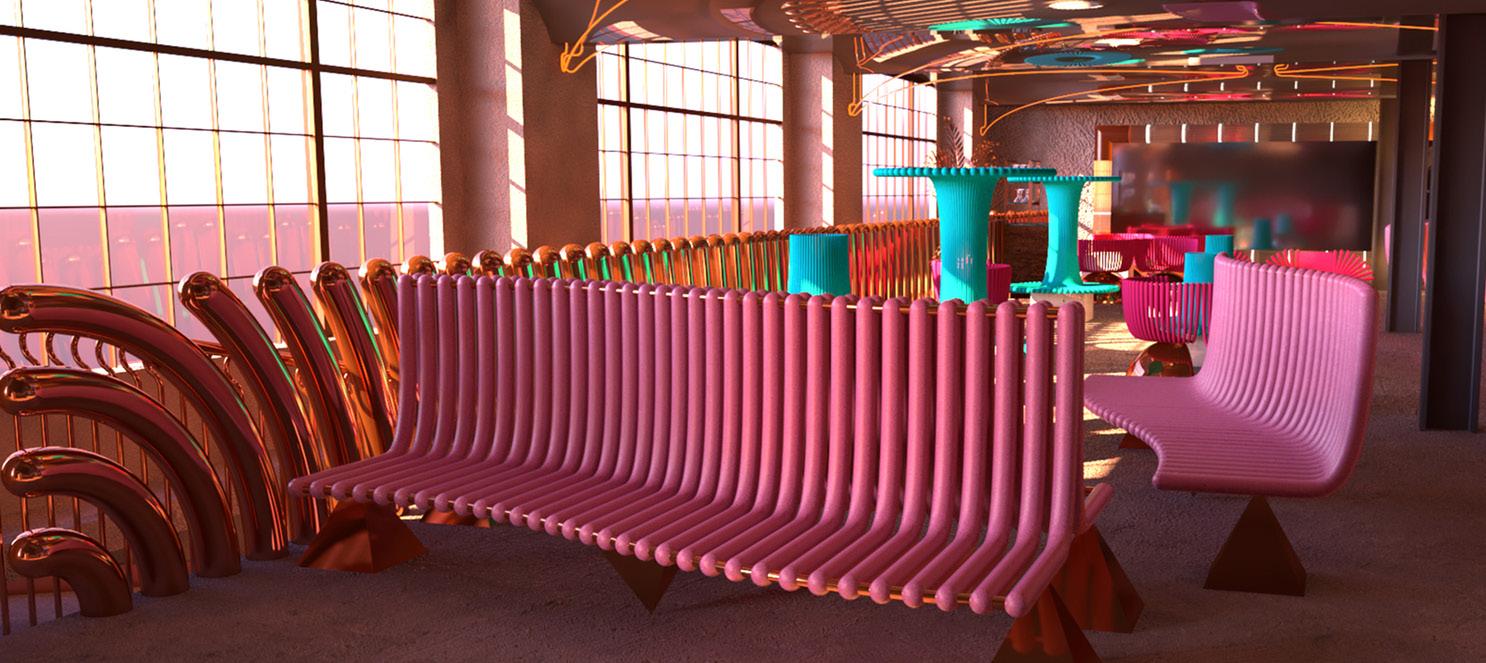
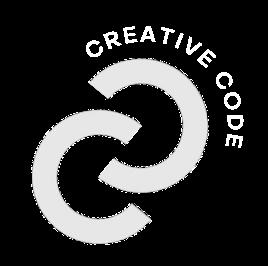

Enhancing design innovation, advancing design sustainability, and democratising design to make it more accessible to more people are the three main goals of our design firm. We think we can change the world by producing designs that are accessible to everyone, inventive, and sustainable. We seek to push limits and develop solutions that are both visually beautiful and environmentally responsible through our commitment to design inventiveness and sustainability. We want to enable people from all backgrounds to express themselves creatively and realise their visions by democratising design.

CREATiVE CODE

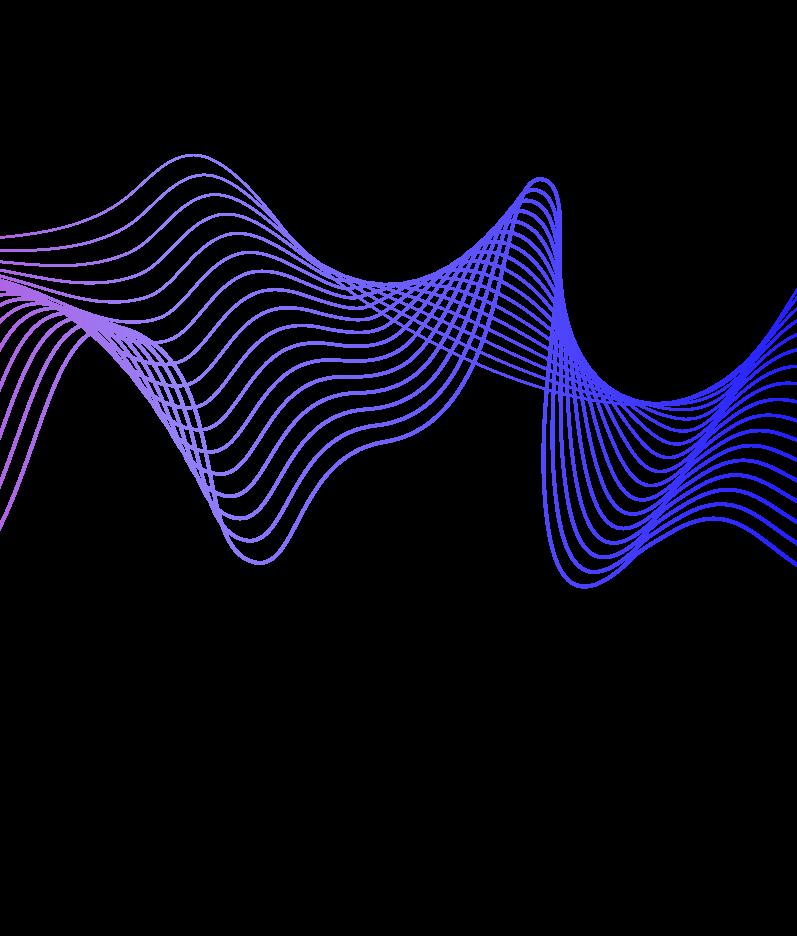
Ensuring environmentally responsible design solutions
CORE VALUES
EFFICIENCY INNOVATION
Enhance efficiency and streamline design process for optimal results

Encouraging creativity and innovation in design

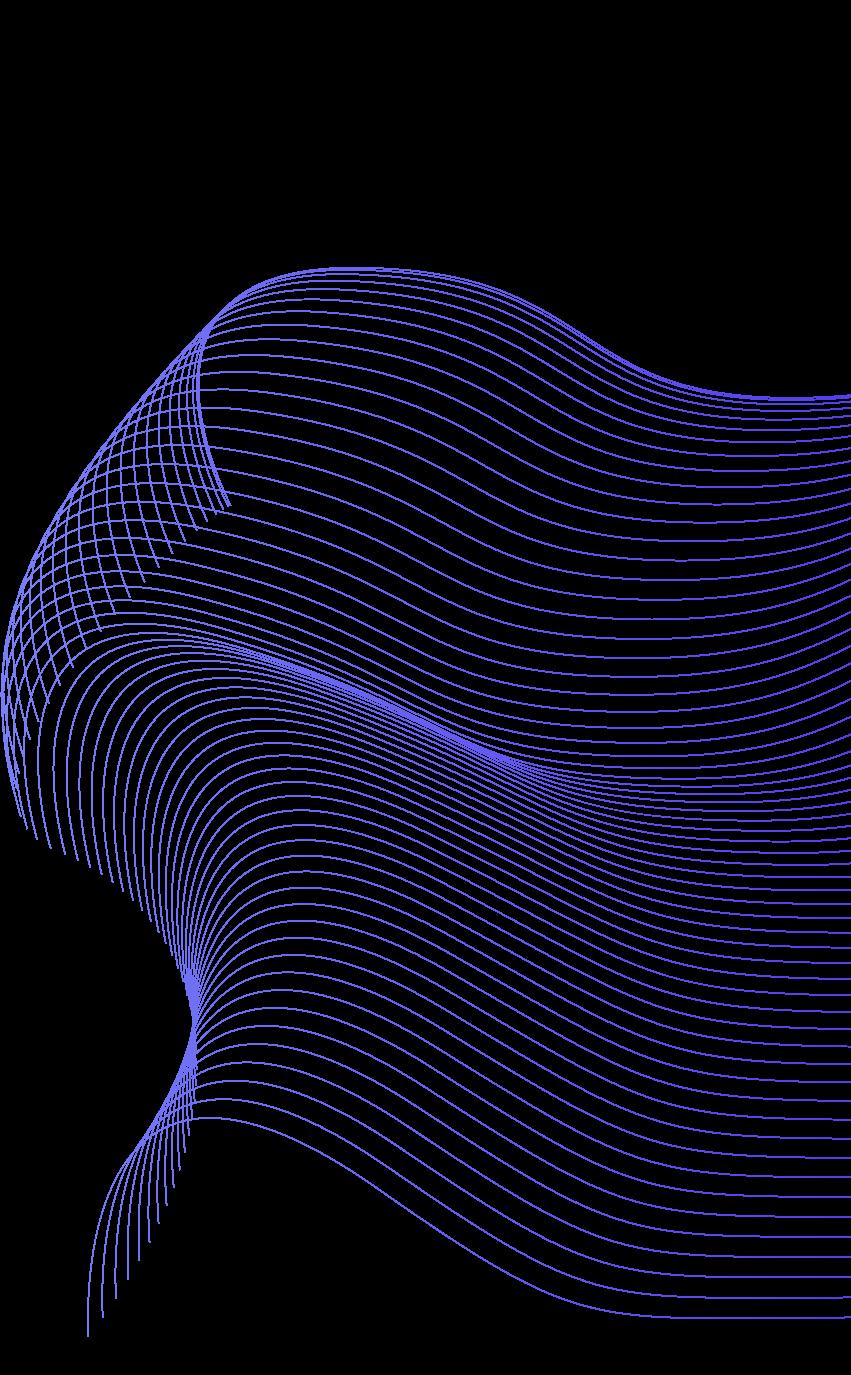
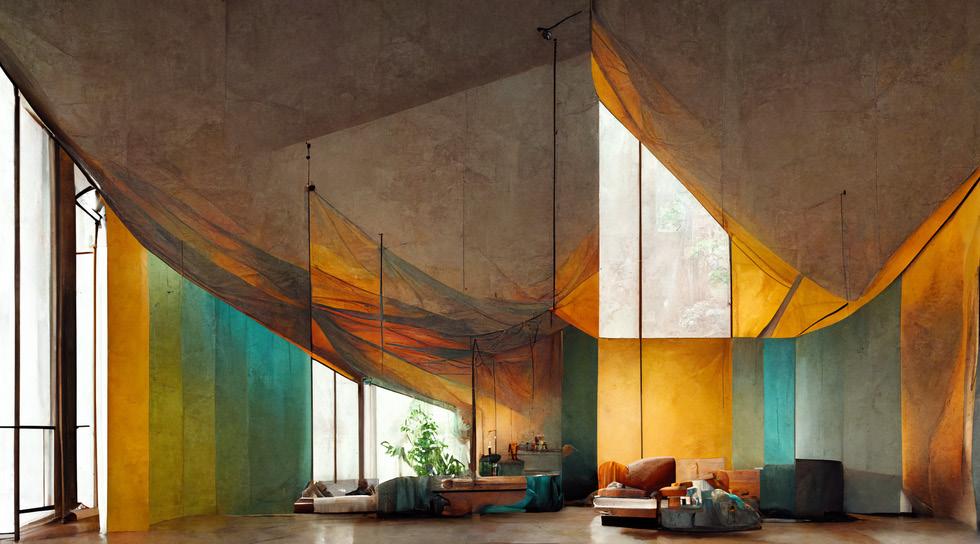
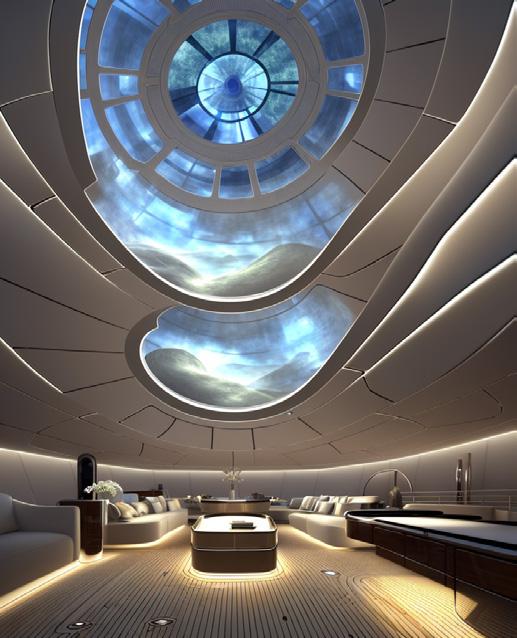
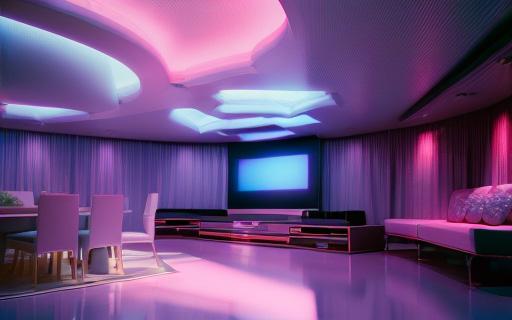
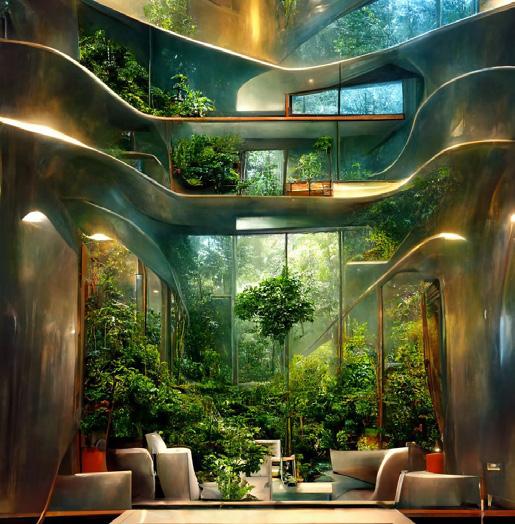
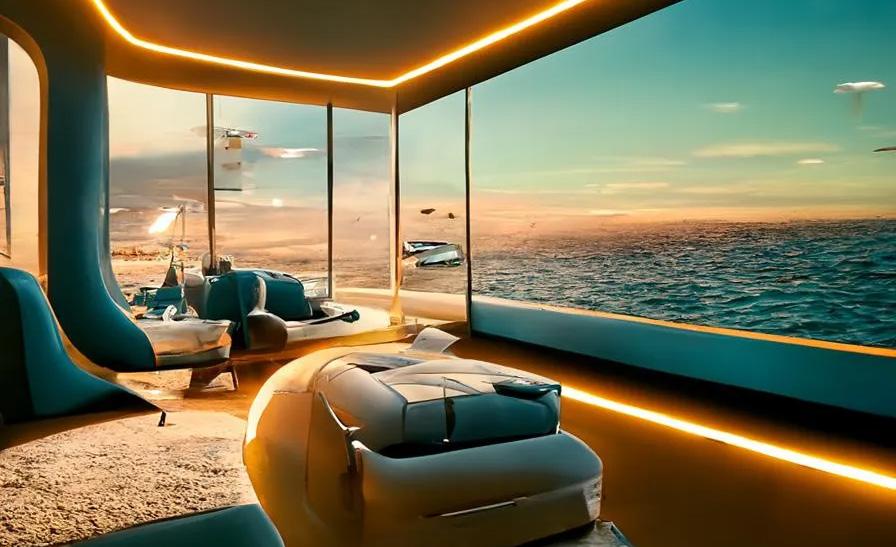 Figure 10
Figure 11
Figure 12
Figure 13
Figure 10
Figure 11
Figure 12
Figure 13
VISION PROPOSITION
Creative Code uses AI to create sustainable and efficient designs that prioritize innovation and client satisfaction, resulting in personalized and immersive experiences that exceed expectations.
TARGET USERS
Homeowners, commercial property owners, developers, architects, interior designers, and anyone who requires innovative, sustainable, and efficient interior design solutions
UNIQUE SELLING PROPOSITION
Creative Code leverages AI technology to create sustainable designs efficiently and at a reasonable cost, providing our clients with innovative and personalised solutions that cater to their preferences and needs. With AI-powered tools and predictive design capabilities, we ensure a quick and efficient design process, delivering high-quality results that exceed our clients’ expectations.

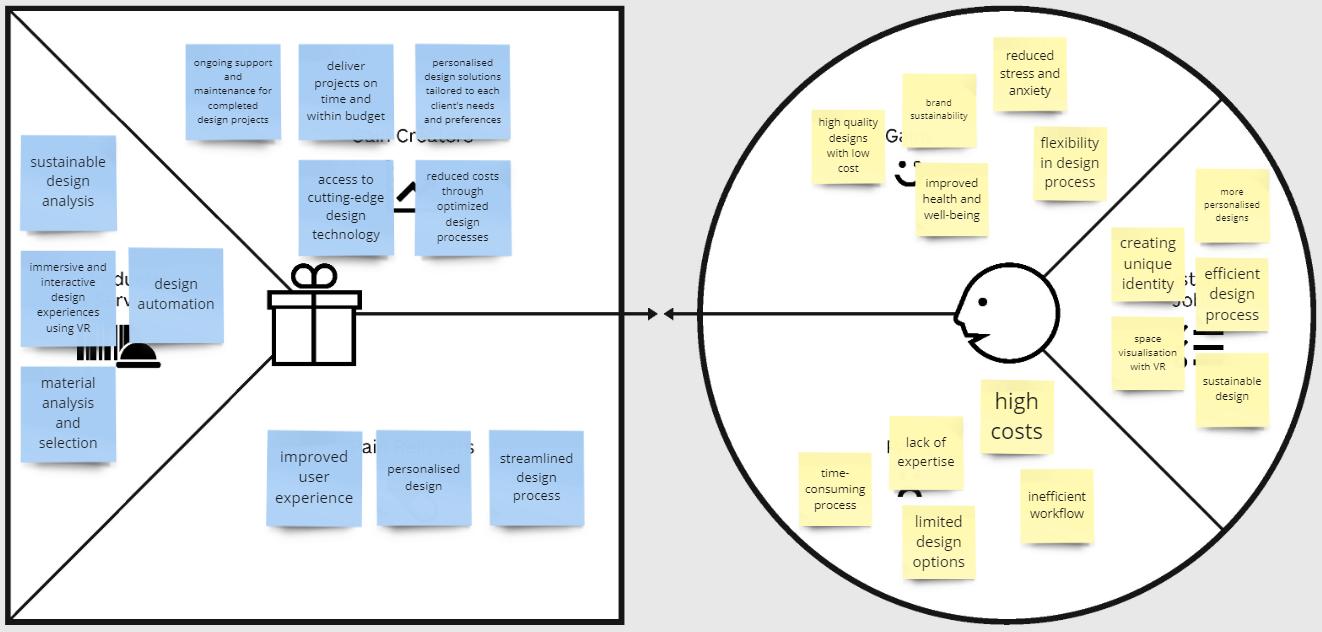
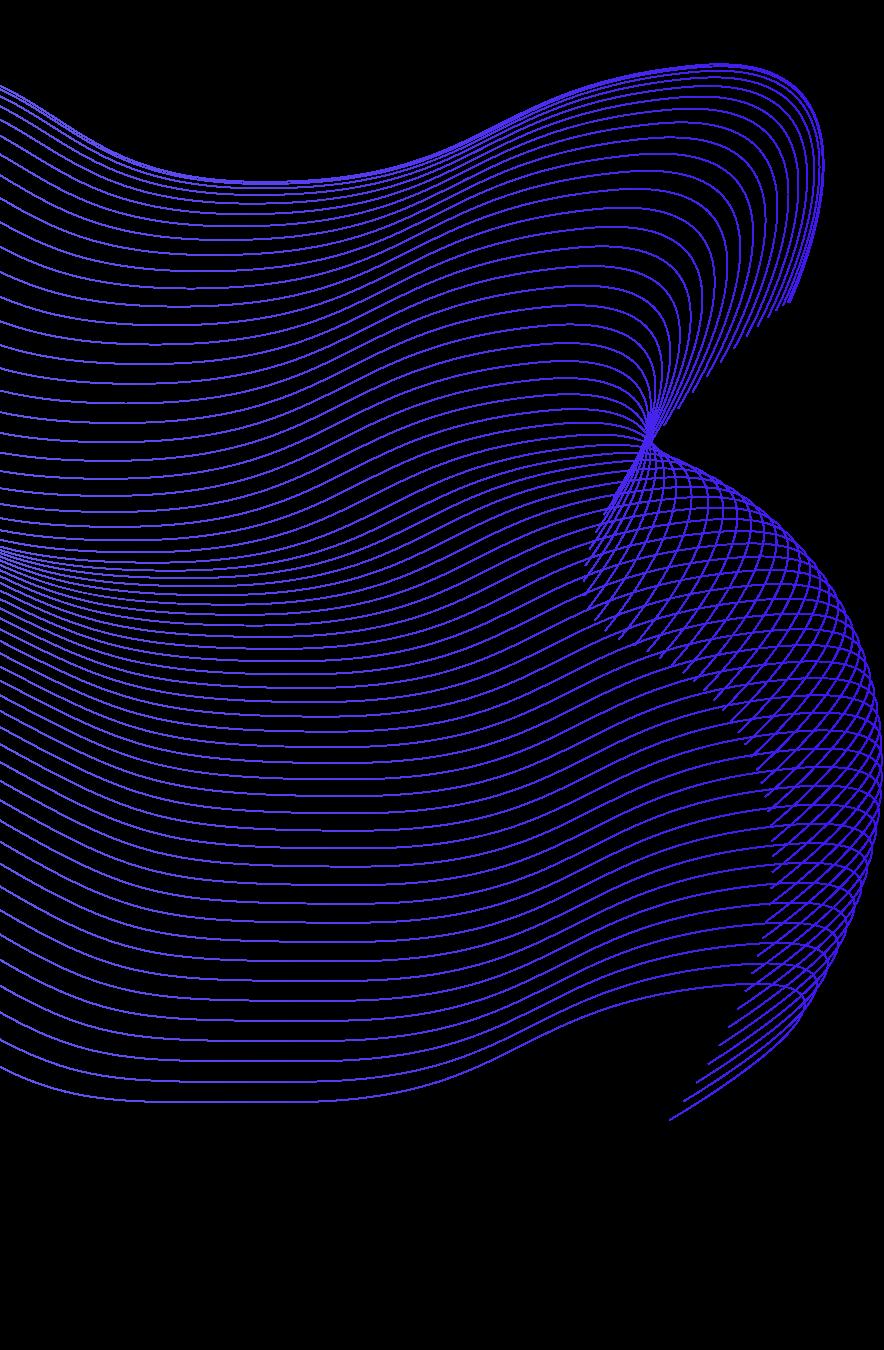 Value Proposition Canvas
Value Proposition Canvas
STEEPLE ANALYSIS
• Increased focus in sustainability (ie. materials, environment)
SOCIAL TECHNOLOGY
E NVIRONMENT E CONOMIC
• Diversity and inclusivity in design (disabilities, race, gender, etc.
• Increased integration of user-focused design
• Lack of accessibility
• Constant advancements in AI algorithms
• Testing required for AI design tools
• NLP (natural language processing) advancements
• Increase use in VR (client experiences)
• Need for homes that are more sustainable
• Possibility for self-sustaining homes
• Growing demand for remote work choices
• Possibility for AI to self-monitor/manage environmental conditions
• Growing competition due to AI familiarity
• Clients may hesitate to invest in expensive AI-based services during economic downturns.
• Varying customer needs (shift according to trends/ time)
• Lack of employee reputation within industry
• Privacy and data protection concerns with AI’s data collection
POLITICAL
EGAL
• New regulations may affect the AI-driven interior architecture industry
• Increase legitmacy, AI will be familiarised and standardised
• Intellectual property could be an issue
• AI-human collaboration may require changes to employment law
• Liability (who is to take the fall)
• Tighter privacy & data law implementation
• Bias in design from AI service
ETHICAL
• Transparency with data sharing & design collaboration process
• Increase in human-centered designs
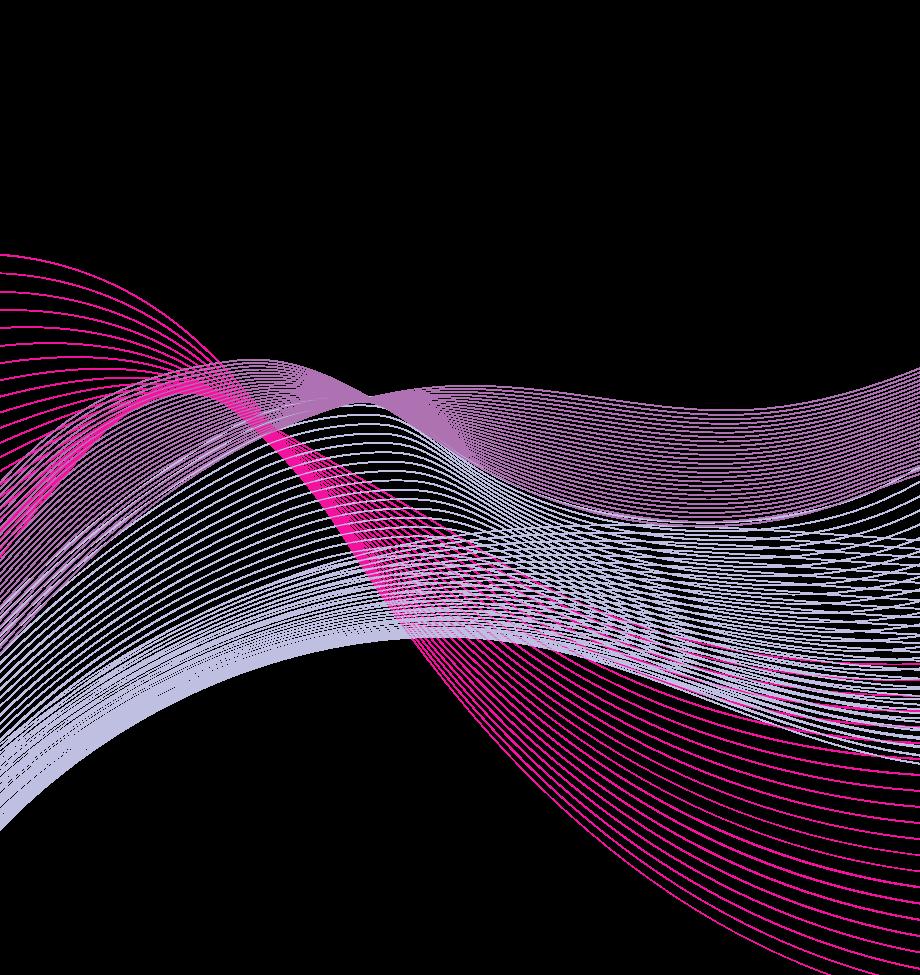
S.W.O.T ANALYSIS S TRENGTHS
• Employees who strive to produce work efficiently and of quality
• Open to new ideas and opportunities
• Reduce costs associated with the design process
W

• Overly reliant on AI tools and lose touch with the human element of design
• Costly implementation of AI requires staff training and software maintenance
• Significant learning curve for designers and other employees
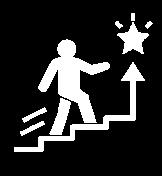
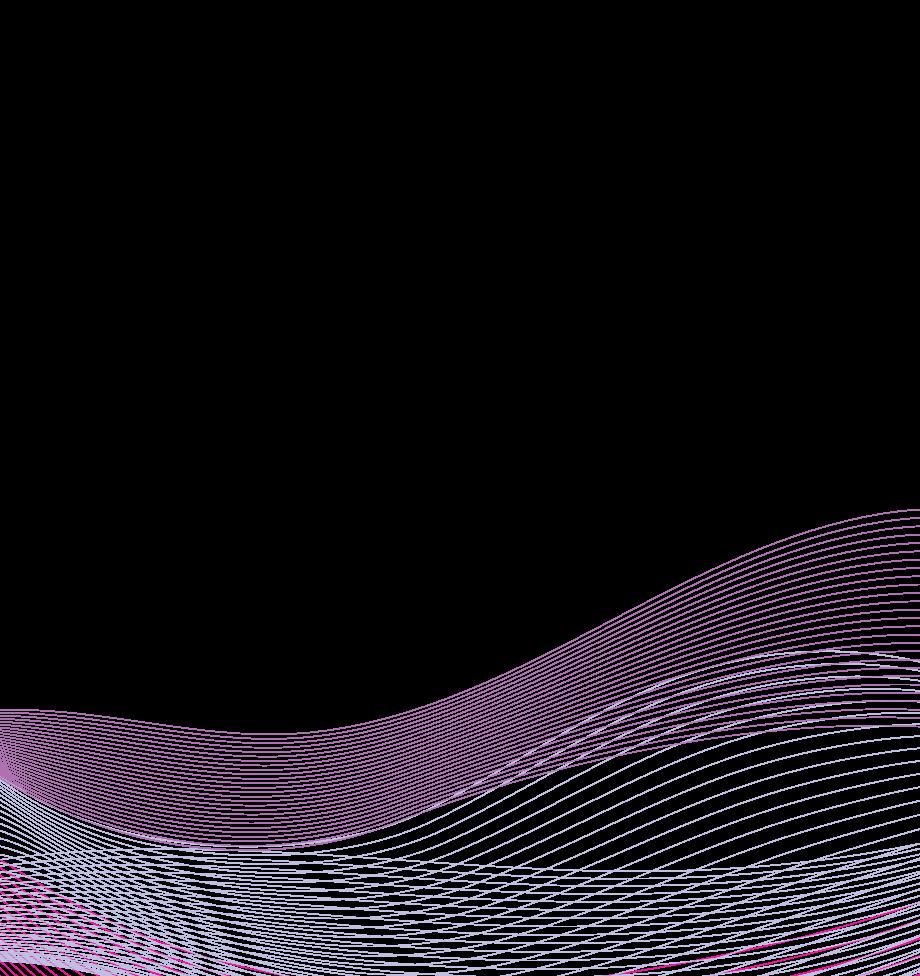
• AI in design raises job loss and ethical concerns


PPORTUNITIES
• Expansion into new markets
• Partnerships and collaborations with AI tech companies
• Using AI to leverage towards sustainable design
• Streamline project management processes
• Designs that are tailored to specific preferences
• Growing popularity of AI, competition may intensify
• Regulations surrounding the use of AI are still evolving
• Requires advanced technical skills and infrastructure
• Recessions may impact demand
AGENCY OF CONTROL
FIRM TYPE
• Produce high quality, unique, and sustainable designs efficiently.
• As a company, we are constantly evolving and keeping up with new technology and design trends
• Create a level of standardisation, resulting in more efficient employees
CONCERN
• Keeping up with latest technological trends
• Training employees to adapt
• Implement and refine a design process
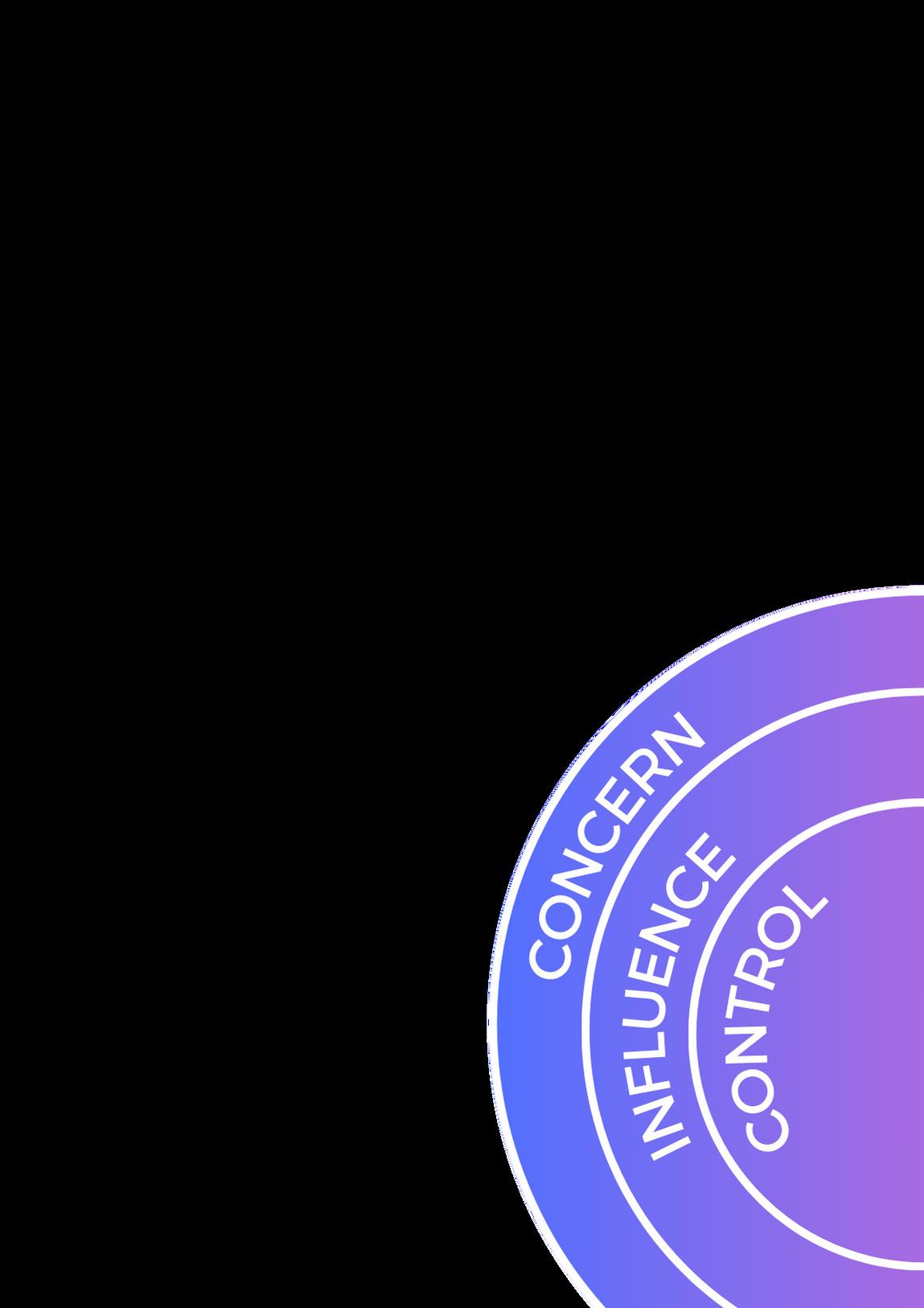
• Understanding client preferences
INFLUENCE
• Remaining informed on latest technological trends
• Ensuring staff has neccessary skills and training
• Enhance customer experience
• More customised and personalised designs
CONTROL
• Lack of understanding and expertise
• Over reliance on AI leading to loss of creativity
• Inability to keep up with rapidly changing technology
• High costs of implementation
• Security risks
REFERENCES
Diaz, M. (2023). What is AI? Everything to know about artificial intelligence. ZDNET. https://www.zdnet.com/article/what-is-ai-heres-everything-you-need-to-know-about-artificial-intelligence/
Dreith, B. (2022). How AI software will change architecture and design. Dezeen. https://www.dezeen.com/2022/11/16/ai-design-architecture-product/
Fakharany, N. (2023). MVRDV Wins Competition To Design A New Innovation Park Artificial Intelligence Campus In Heilbronn, Germany. ArchDaily. https://www.archdaily.com/998740/mvrdv-wins-competition-to-design-a-new-innovation-park-artificial-intelligence-campus-in-heilbronn-germany?ad_campaign=normal-tag
Fixsen, A. (2023). The Room That Designed Itself. Elle Decor. https:// www.elledecor.com/life-culture/a42711299/generative-ai-design-architecture/
Florian, M. C. (2023). Otherworldly Resorts and a City Hall for a Utopic Metropolis: 8 Unbuilt Metaverse or AI-Generated Projects Submitted to ArchDaily. https://www.archdaily.com/994137/ otherworldly-resorts-and-a-city-hall-for-a-utopic-metropolis-8unbuilt-metaverse-or-ai-generated-projects-submitted-to-archdaily?ad_source=search&ad_medium=projects_tab&ad_source=search&ad_medium=search_result_all
IBM. (n.d.) What is artificial intelligence (AI)? https://www.ibm.com/ topics/artificial-intelligence
Lee, K. F. (2021). How AI Will Completely Change the Way We Live in the Next 20 Years. TIME. https://time.com/6097625/kai-fu-leebook-ai-2041/
PA Next Team. (2022). Midjourney Architecture / Studio Tim Fu. Parametric Architecture. https://parametric-architecture.com/midjourney-architecture-studio-tim-fu/
REFERENCES
Sharma, P. (2023). 15 Best AI Image Generators You Should Try. Parametric Architecture. https://parametric-architecture.com/15-bestai-image-generators-you-should-try/
Thomson, S. (2023). Brighton CCA explores AI visions of a sustainable future. School of Architecture, Technology and Engineering. https:// blogs.brighton.ac.uk/soate/2023/01/24/brighton-cca-explores-aivisions-of-a-sustainable-future/
UnBlast. (2020). Virtual Reality Vector Illustration (AI). https://unblast.com/virtual-reality-vector-illustration-ai/
Vector Juice. (n.d.). Machine Learning. FreePik. https://www. freepik.com/free-vector/brain-with-digital-circuit-programmer-with-laptop-machine-learning-artificial-intelligence-digital-brain-artificial-thinking-process-concept-vector-isolated-illustration_11668759.htm#query=ai%20 illustration&position=7&from_view=keyword&track=robertav1_2_ sidr#position=7&query=ai%20illustration
